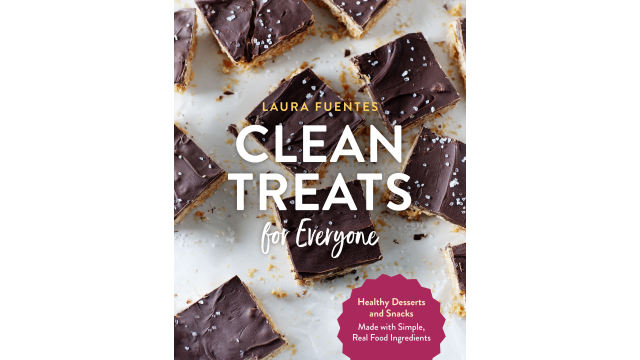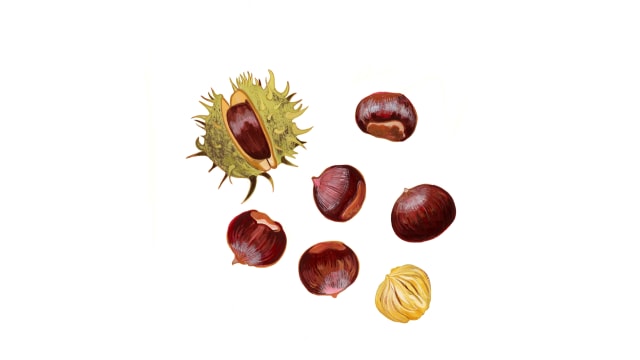Kids’ Healthy Lunch Ideas

If ikigai is the popular Japanese philosophy for happiness and longevity, hara hachi bu, or eating until 80% full, is the mantra for good health. The abiding symbol of Japanese balance, convenience, and wellbeing is their lunch box, famously known as the bento box. And the best place to witness its positive role is in the country’s schools, at lunch time.
One of the daily challenges for parents of school-going children is packing a healthy lunch box. Finding the right balance between resisting sugary snacks and packaged processed foods and managing the trials of picky eaters can be tricky. But patience and practical ideas will be rewarding, because lunch boxes can set the foundation for healthy-eating habits for kids and teens.
According to Archana Doshi, author of Tasty Tiffin: 40-Plus Delicious and Healthy Lunch Plans for Kids, “packing a healthy school lunch box is important for several reasons. It can help prevent childhood obesity and other problems associated with poor diet. It can also help children develop good eating habits that will benefit them in the long term.”
Building Blocks of a Lunch Box
Keep the basics in mind and then get creative. A balanced lunch should include:
• Complex carbohydrates. Important for the sustained energy that kids and teens need. Complex carbs can be found in whole grains, fruits, and vegetables.
• Protein. Necessary for growth and development. Proteins include dairy, legumes, and nuts.
• Healthy fats. Essential for brain development. Healthy choices include avocados, nuts, seeds, and olive oil.
• Vitamins and minerals. Vital for overall health. Add a mix of fruits and vegetables to a lunch box.
• Fiber. Crucial for digestion. Fiber keeps kids fuller for longer and is found in whole grains, fruits, and vegetables.
Healthy Lunch Boxes
Rossini Perez, author of Kids in the Kitchen: 70-Plus Fun Recipes for Young Chefs to Stir Up!, tells Roundglass Living, “When making healthy foods for my kids, I focus on balance and variety and incorporating colorful fruits and vegetables into their meals. I involve my kids in the kitchen, which makes them more excited about eating what we’ve prepared together. Making meals fun and visually appealing is also super helpful. It’s also important to encourage trying new things but also respecting their likes and dislikes.”
To make packing lunch easier and engaging for kids and appetizing for fussy eaters, follow these tips.
1. Pick the right lunch box.
A lunch box must offer good insulation to maintain the freshness of the food. Bento boxes are a practical and popular choice, offering compartments that make it easy to separate different foods. Ensure the lunch box is sturdy and has a leakproof lid, such as one made of silicone, to avoid spills and messes. Be eco-friendly and opt for lunch boxes made of stainless steel or plastic free of BPA.
2. Prep ahead.
Make a habit of meal prep on weekends to avoid the morning rush. Cut fruits and vegetables, precook certain dishes, and portion out snacks. Create a weekly menu chart to reduce last-minute stress. Choose foods that can be frozen or easily packed, such as sandwiches or homemade granola bars. Perez says, “Preparing lunch boxes that are easy and healthy for school can be a challenge, but one tip I swear by is to plan and prep ahead. Have a menu set for the week, and if possible, prep all your fruits and veggies.”
3. Involve kids.
Taking your kids grocery shopping and guiding them to pick out healthy fruits, vegetables, and snacks gets them involved in preparing their lunch and raises the likelihood of them eating it. Perez says, “Letting kids help choose what goes into their lunch will make them more excited to eat what’s packed.” Assist kids to choose healthy options at the supermarket. If you have time, nudge your kids to help with prepping or packing their lunch. Give them cookie cutters to make fun shapes out of bread or fruits.
4. Remember that presentation matters.
Make the lunch box appetizing and offer variety. Add a colorful mix of fruits and vegetables. Be creative in using small containers for dips or small snacks. To add elements of surprise and excitement, pack themed lunches to go with seasons, colors, or foods (think Rainbow Day or Taco Tuesday).
5. Be on the alert for allergies.
Learn about your school’s policy on managing food allergies. It helps to communicate with the school, especially your child’s teacher, about any allergies your child has. Educate your child about the importance of food allergies and how some classmates may battle with allergies. Label your child’s lunch box with their name and any allergy information, if needed.
Lunch Box Ideas
Nadia Mahmud, a registered dietitian nutritionist at Roundglass Living, says, “Bento boxes are a great way to help pack healthy lunches for kids. Bento boxes make it easy to add freshly cut-up fruits and veggies that you know your kid likes to eat, as well as homemade leftovers, easy wraps, pastas, or sandwiches as the main meal. Avoid packaged processed foods and snacks with added sugars and refined oils. If food allergies are a constraint at your school, I love adding some pumpkin seeds or sunflower seeds instead of nuts. My favorite on-the-go, minimally processed snacks are seaweed snacks, trail mix, healthy granola, or freeze-dried fruits or veggies.”
1. Bento Box Bonanza
Ingredients: brown rice, tofu cubes, diced cucumber, cherry tomatoes, and a fruit salad (berries, kiwi, and apple chunks)
Nutritional value: complex carbs from brown rice, protein from tofu, vitamins and fiber from fruits and veggies
2. Pasta Salad
Ingredients: whole-grain pasta, cherry tomatoes, broccoli florets, mushrooms, olive oil, and cheese cubes
Nutritional value: complex carbs from whole grains, healthy fats and vitamins from olive oil, minerals and fiber from veggies and mushrooms
3. Rainbow Lunch
Ingredients: whole-wheat tortilla, hummus, shredded carrots, spinach leaves, and bell pepper strips
Nutritional value: complex carbs from whole wheat, protein and healthy fats from hummus, vitamins from veggies
Packing a healthy lunch box does not have to be a chore. Be a role model by avoiding processed foods and encouraging your kids to make healthy choices. Happy lunch packing!
Key Takeaways
- Pack rainbow nutrients for kids.
- Add healthy snacks.
- Start healthy habits with lunch.





